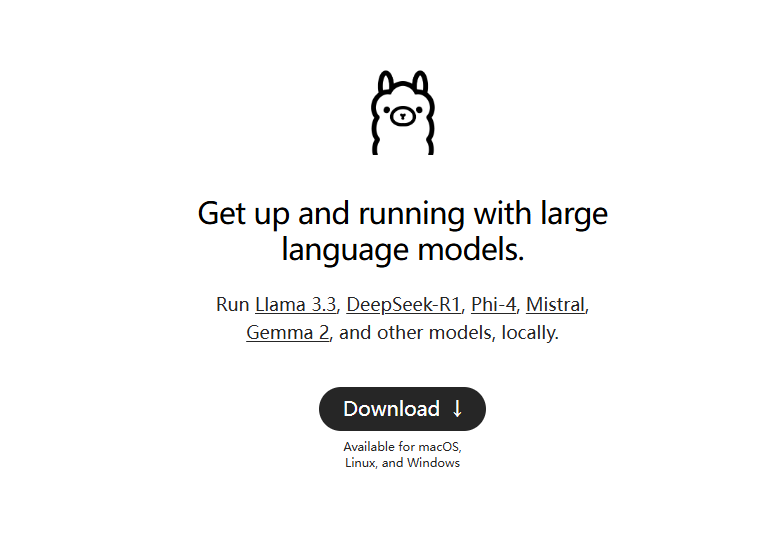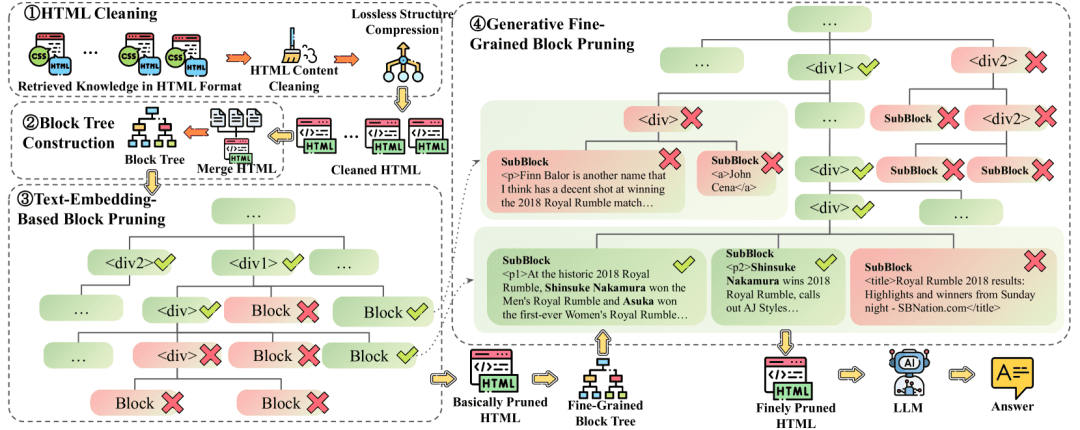GraphCast: an efficient tool for learning and forecasting medium-term global weather forecasts based on diffusion models
General Introduction
GraphCast is an advanced weather forecasting tool developed by Google DeepMind that aims to improve the accuracy of medium-term global weather forecasts through deep learning techniques. The project provides a wide range of pre-trained models and sample code that users can utilize to train and run weather models.GraphCast is particularly suited for research and applications that require high-resolution and multi-level weather data, is capable of processing ERA5 data from 1979 to 2017, and supports model training and forecasting on Google Cloud.

Function List
- Pre-trained models: High- and low-resolution pre-trained models are available for different computational resources and requirements.
- sample code (computing): Includes detailed sample code to help users get started quickly with model training and prediction.
- Data-processing tools: Provide data preprocessing, normalization and conversion tools to support multiple meteorological data formats.
- model training: Supports large-scale model training on Google Cloud, providing a detailed guide to cloud setup.
- Predictive Functions: Ability to generate medium-term weather forecasts, supporting multiple forecast models and parameter tuning.
- Model Evaluation: Provide model evaluation tools to help users analyze the accuracy and reliability of forecast results.
Using Help
Installation and Setup
- environmental preparation: Ensure that Python 3.7 or above is installed and the necessary dependency libraries such as JAX, xarray, etc. are installed.
- cloning project: Clone the GraphCast project by running the following command in a terminal:
git clone https://github.com/google-deepmind/graphcast.git
cd graphcast
- Installation of dependencies: Run the following command to install the project dependencies:
pip install -r requirements.txt
usage example
- Load data: Open
graphcast_demo.ipynb, follow the sample code to load ERA5 data. - Generating forecasts: Generate weather forecasts using a pre-trained model, sample code is shown below:
from graphcast import GraphCast
model = GraphCast.load_pretrained('graphcast_operational')
predictions = model.predict(input_data)
- assessment model: Analyze the predicted results using the assessment tool provided, an example of which is shown below:
from graphcast import evaluate
results = evaluate(predictions, true_data)
print(results)
Detailed Function Operation
- Data preprocessing: Use
data_utils.pyPerform data preprocessing, including normalization and conversion. - model training: To set up a TPU VM on Google Cloud, run the
gencast_demo_cloud_vm.ipynbPerform large-scale model training. - Prediction generation: Use
graphcast.pyThe method in generates medium-term weather forecasts that support multiple parameter tuning and model selection. - Model Evaluation: Use
losses.pycap (a poem)evaluate.pyPerform model evaluations to analyze the accuracy and reliability of the predicted results.
With the above steps, users can quickly get started with GraphCast for medium-term global weather forecasting research and applications. Detailed example code and pre-trained models make the tool promising for a wide range of applications in the field of meteorological research.
© Copyright notes
Article copyright AI Sharing Circle All, please do not reproduce without permission.
Related articles

No comments...




